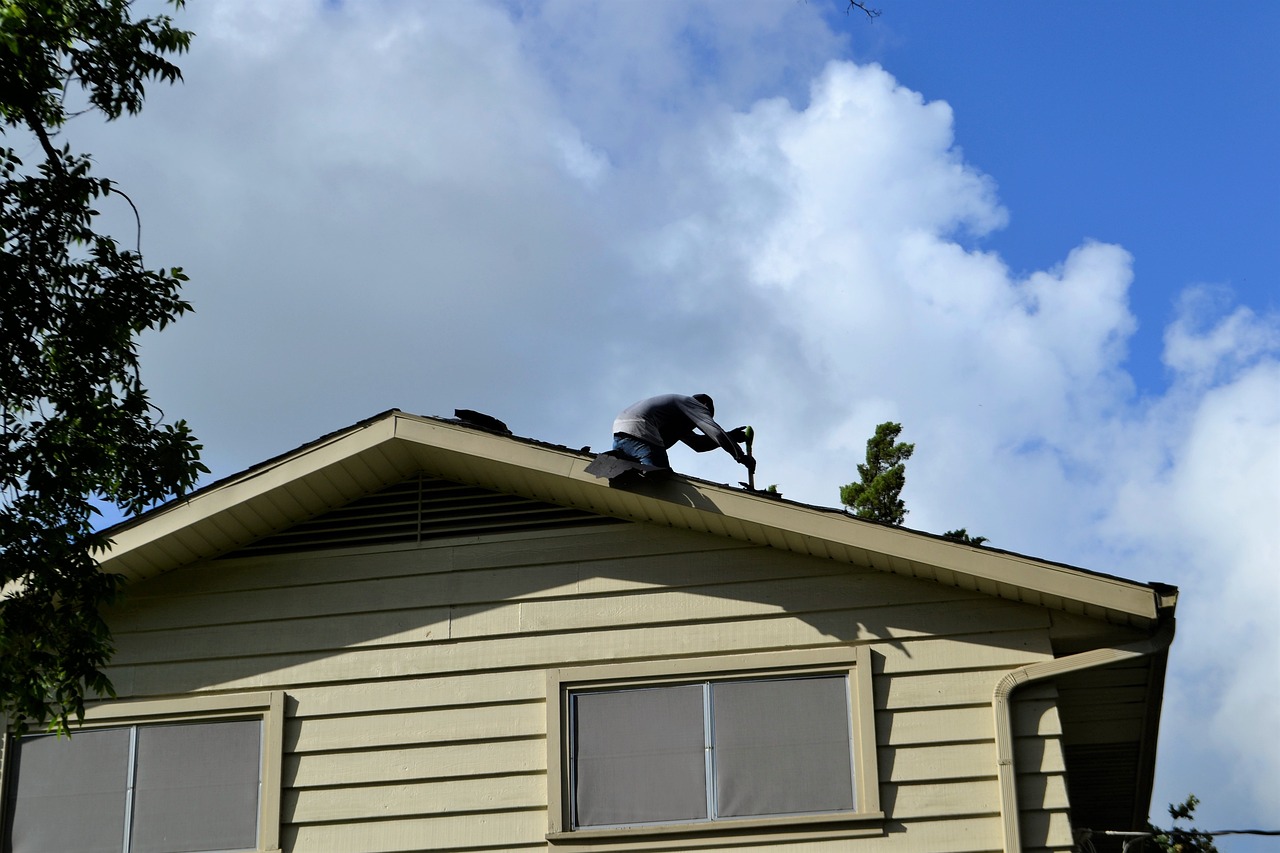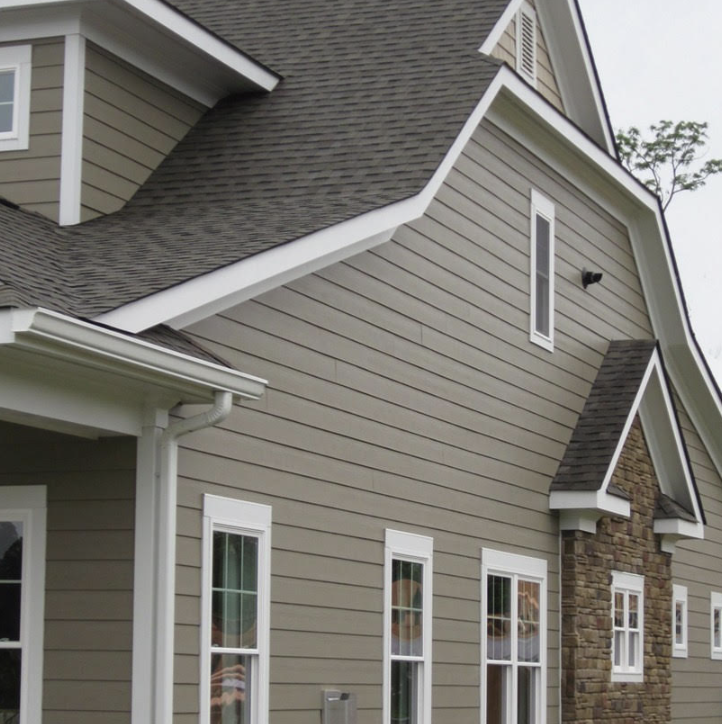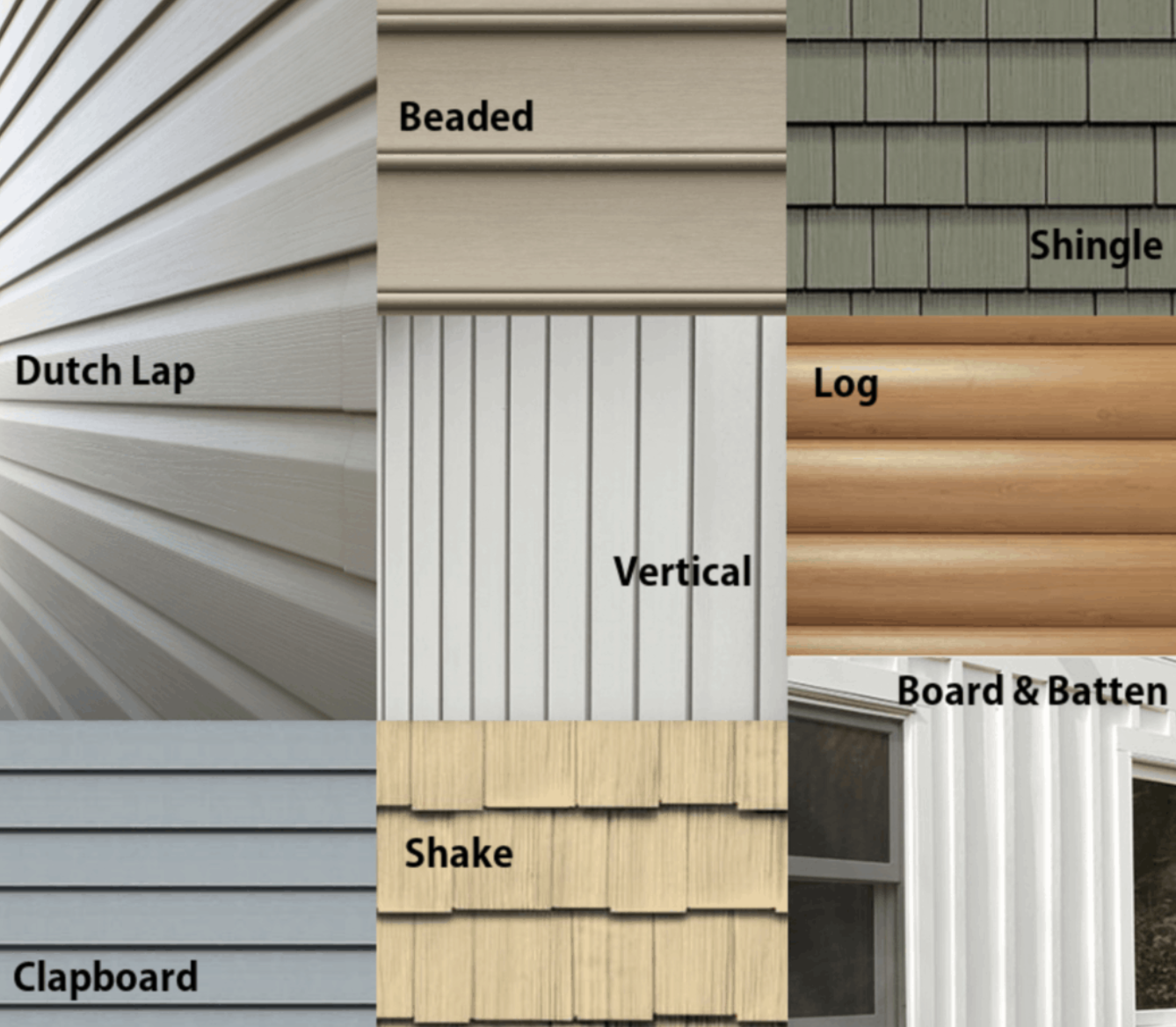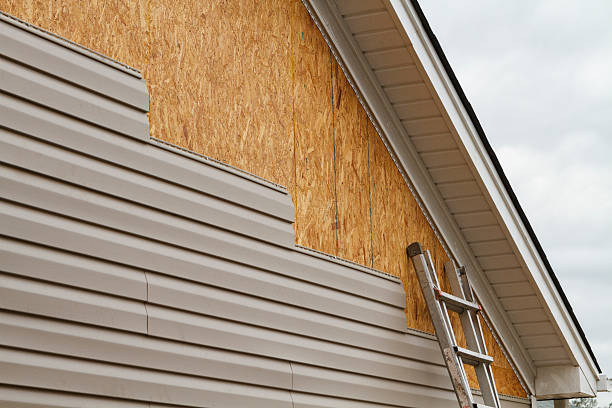
Siding is an important part of home construction and renovation. It’s a way to protect your home from the elements, improve its aesthetic appeal, and even increase its resale value. Whether you’re looking to install new siding or repair existing siding, it pays to know the different siding techniques that are available to you. In this blog post, we will explain the top siding techniques so you can make an informed decision when tackling your next project. From cedar shingles to vinyl cladding, we’ll cover all the major types of siding as well as their advantages and disadvantages. Let’s get started!
Vinyl Siding
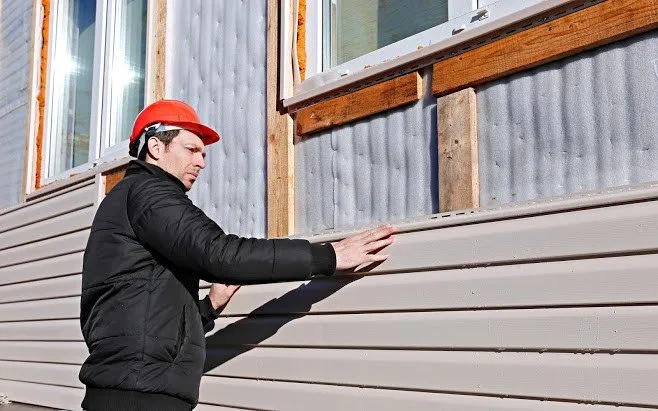
Vinyl siding is one of the most popular sidings on the market due to its affordability and durability. This type of siding can last for decades with proper care and maintenance. When it comes to installation, vinyl siding can be a do-it-yourself project or installed by a professional. Here are some tips for installing vinyl siding:
1. Start at the bottom of the wall and work your way up. This will ensure that the courses are level and there are no gaps.
2. Use J-channel around all openings such as windows and doors. This will give the vinyl siding a finished look.
3. Overlap each piece of vinyl siding by at least an inch or two. This will help keep water from getting behind the siding and causing damage.
4. Use caulk or sealant to fill any gaps or seams between pieces of vinyl siding. This will further prevent water damage and add to the overall finished look.
Wood Siding

Wood siding can give your home a natural and rustic look that is very appealing. There are many different types of wood siding available, so you can choose the one that best fits your style. Wood siding is also very durable, so it will last for many years to come.
Aluminum Siding
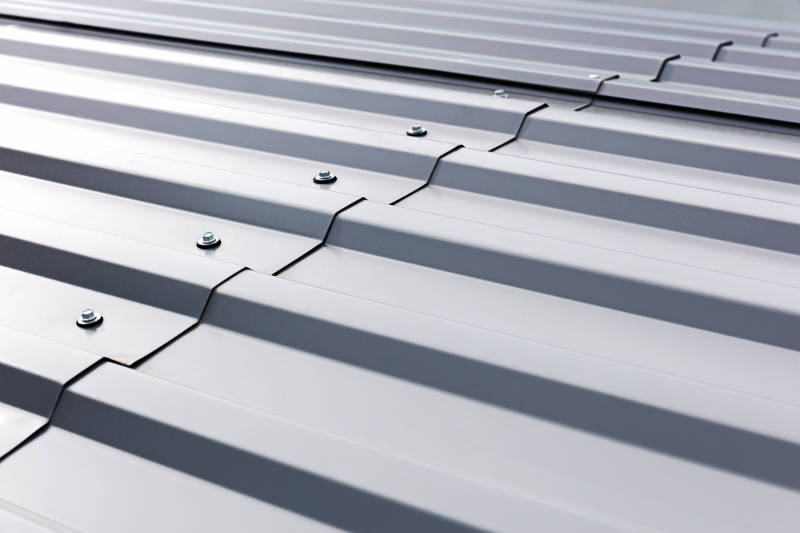
Aluminum siding is a popular choice for homeowners because it is durable and low maintenance. There are a few different aluminum siding installation techniques that you can choose from, depending on your budget and preferences.
The most popular aluminum siding installation technique is the J-channel technique. This involves attaching J-channel strips around the perimeter of your home. The aluminum siding is then placed over the J-channel and fastened into place.
Another popular aluminum siding installation technique is the direct mount technique. This involves attaching the aluminum siding directly to the studs of your home using screws or nails.
If you are looking for a more budget-friendly option, you can also install aluminum siding yourself using pre-cut panels. This is a relatively easy process, but it does require some measuring and cutting on your part.
No matter which installation technique you choose, aluminum siding is an excellent option for protecting your home from the elements.
Brick and Stone Veneer
There are many benefits to using brick and stone veneer on the exterior of your home. Brick and stone veneer is durable, easy to maintain, and provides excellent insulation. In addition, brick and stone veneer can give your home a unique look that will make it stand out from the rest.
If you are considering using brick or stone veneer on your home, there are a few things you should keep in mind. First, you will need to decide what type of material you want to use. There are many different types of brick and stone available, so you will need to select the one that best suits your needs. Second, you will need to determine the size and shape of the bricks or stones you want to use. This will ensure that they fit properly on your home. Finally, you will need to select a colour that compliments the rest of your home’s exterior.
Once you have selected the perfect bricks or stones for your home, they can be installed by a professional contractor. If you do not feel comfortable doing this yourself, there are many companies that specialize in the installation of brick-and-stone veneer.
Stucco
Stucco is a widely used siding material for both residential and commercial buildings. It is durable, low maintenance, and provides good insulation against both heat and cold. There are two types of stucco: pre-mixed and site-mixed. Pre-mixed stucco is the most commonly used type and is made from Portland cement, sand, water, and lime. Site-mixed stucco is made on-site using the same ingredients as pre-mixed stucco but in different proportions.
Stucco is applied to the exterior of a building in three coats: a scratch coat, a brown coat, and a finish coat. The scratch coat is the first layer of stucco and is applied to the surface with metal lath or chicken wire attached to it. The brown coat is the second layer of stucco and consists of Portland cement mixed with sand. The finish coat is the third layer of stucco and consists of finely ground Portland cement mixed with water.
Stucco can be textured or smooth, depending on the look you want to achieve. It can also be painted any colour you desire.
Fibre Cement
Fibre cement siding is a type of siding that is made from a mixture of Portland cement, sand, and cellulose fibres. This type of siding is very durable and has a lot of benefits, including being termite resistant and fireproof. Fibre cement siding can also be painted or stained to match the exterior of your home.
Engineered Wood Siding
There are many types of siding to choose from when it comes to your home. You have the option of wood, metal, vinyl, and more. However, one type of siding that has become increasingly popular in recent years is engineered wood siding. This type of siding is made from recycled wood products and is designed to look like real wood without all the maintenance. It’s also resistant to rot, pests, and weather damage.
If you’re looking for an environmentally-friendly option that will still give your home that classic wood look, then engineered wood siding is a great choice. It’s also a more affordable option than real wood siding. So if you’re on a budget, this could be a good option for you as well.
Which siding is best for your home?
There are many types of siding available on the market today. It can be difficult to decide which one is best for your home. Here are some things to consider when choosing a siding:
-The climate in your area. Some types of siding do not do well in certain climates. For example, if you live in an area with a lot of humidity, you will want to avoid wood siding, as it can warp and rot.
-The style of your home. Certain types of siding can complement or detract from the overall look of your home. You’ll want to choose something that will complement the architecture and style of your house.
-Your budget. Siding can be expensive, so you’ll want to choose something that fits within your budget. Keep in mind that cheaper does not always mean better – sometimes it’s worth it to spend a little extra on a high-quality product.
Once you’ve considered all of these factors, you should have a good idea of which type of siding is best for your home.

